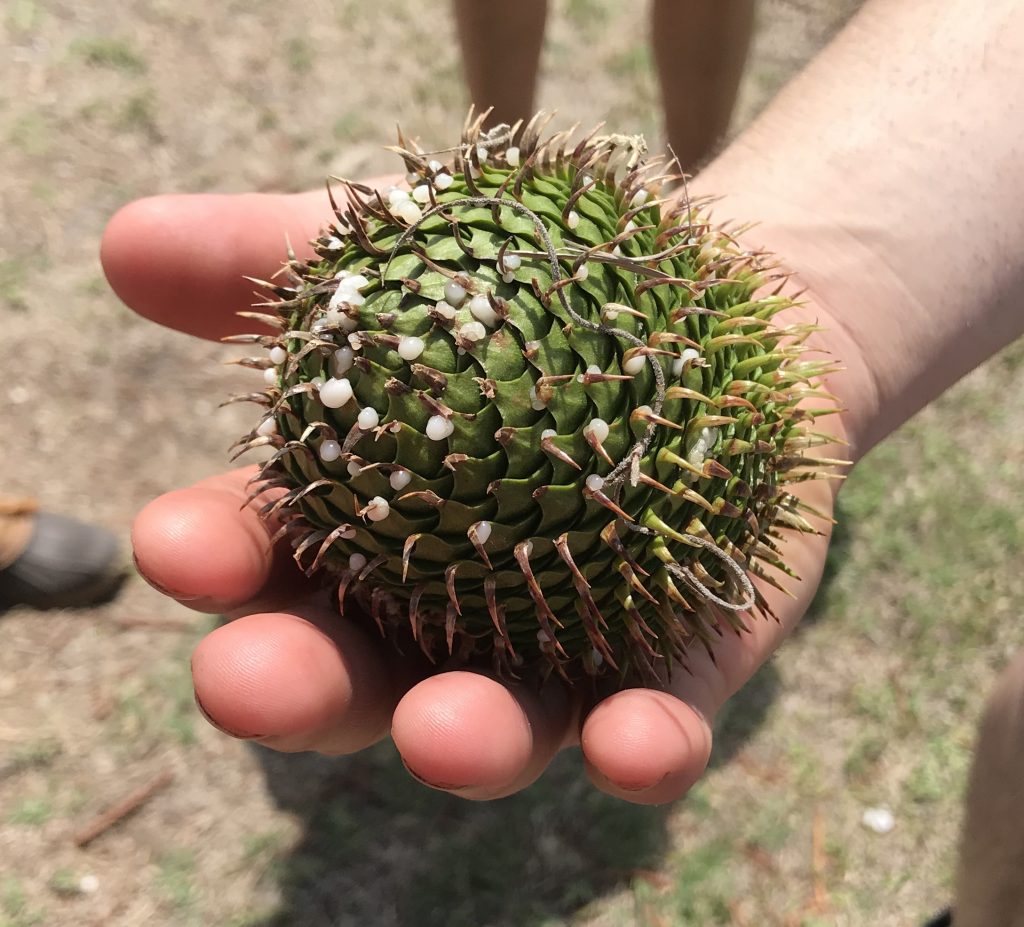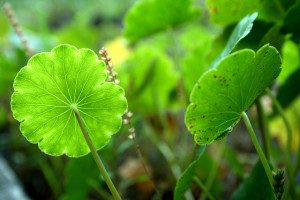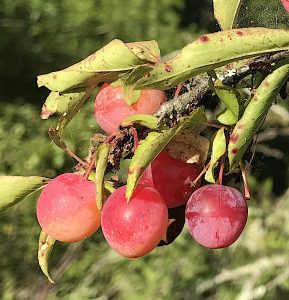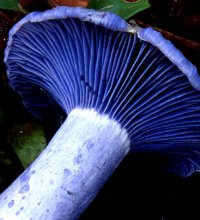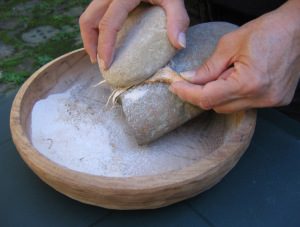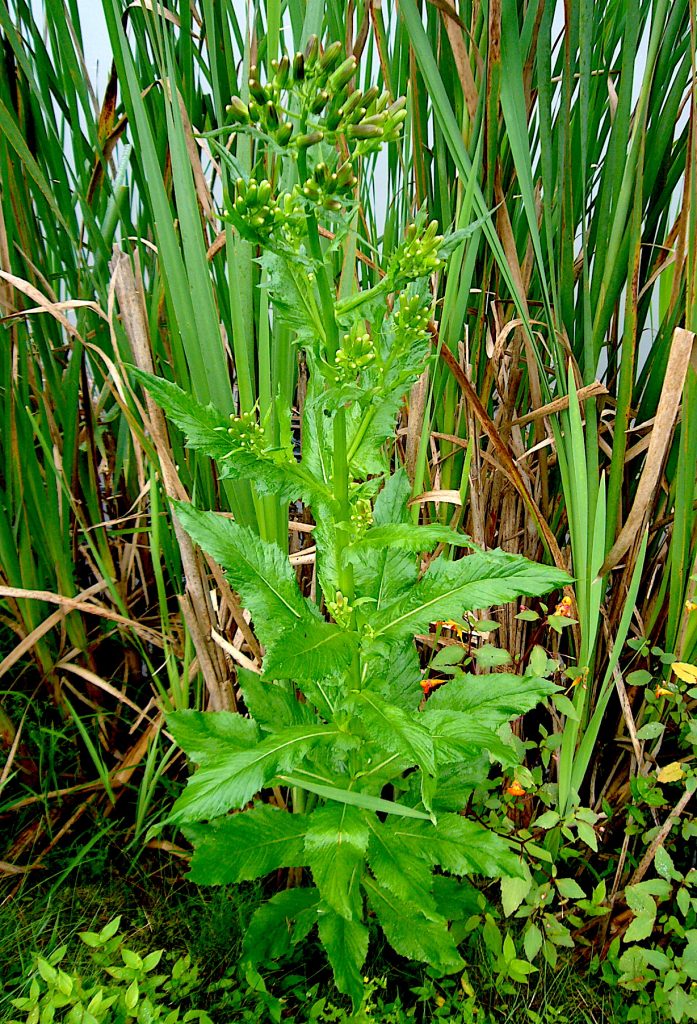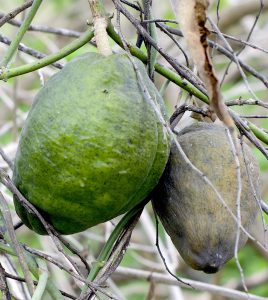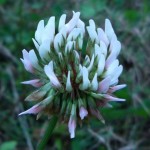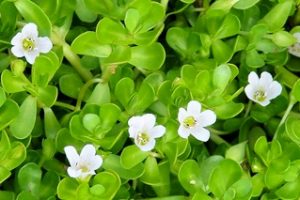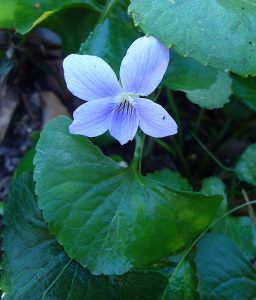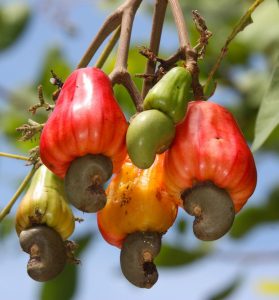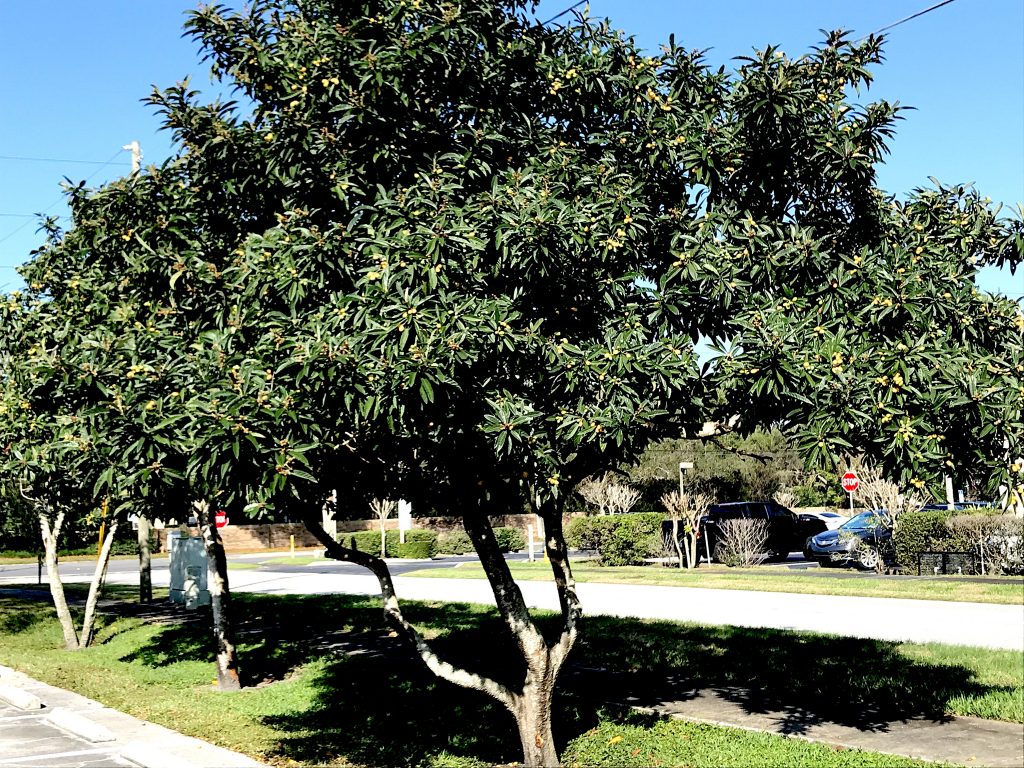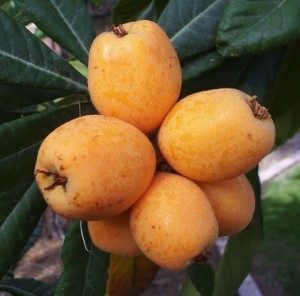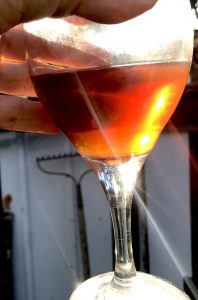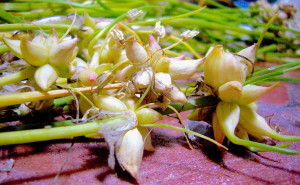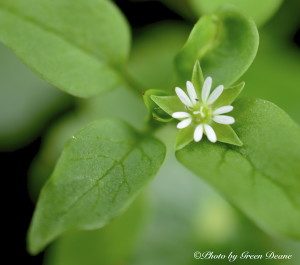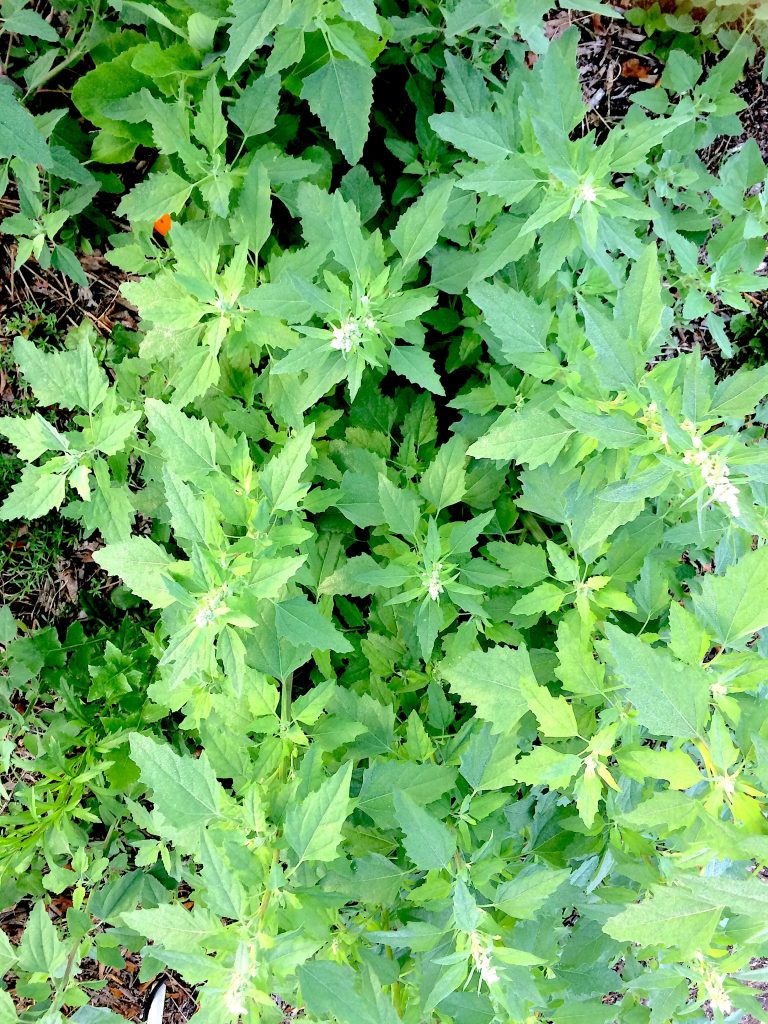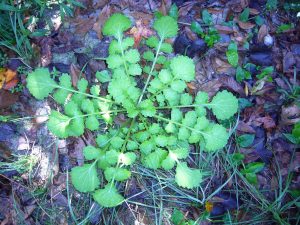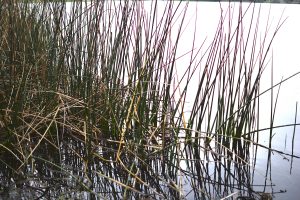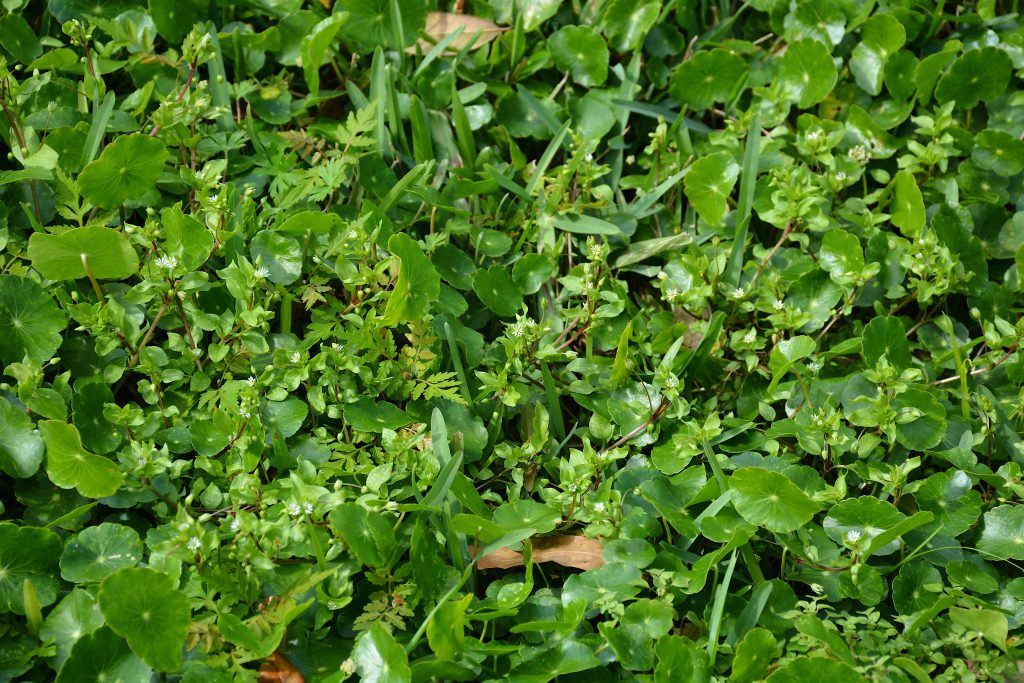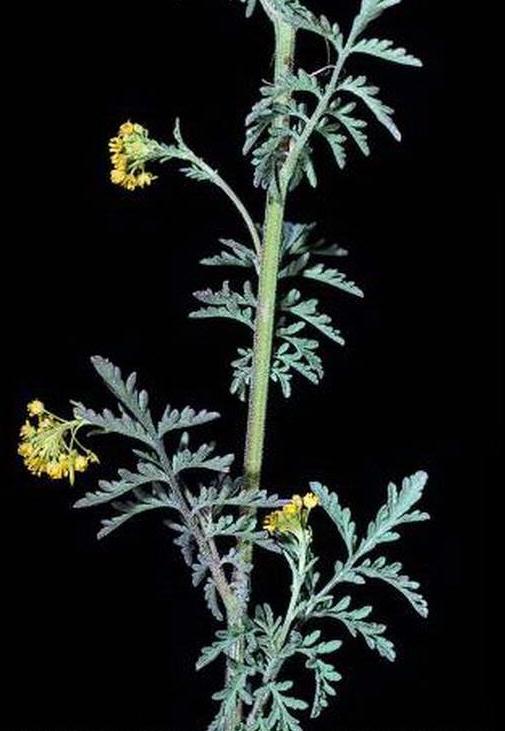
Western Tansy Mustard in is close to going out of season. It likes very dry sandy soil and is a very mild mustard.
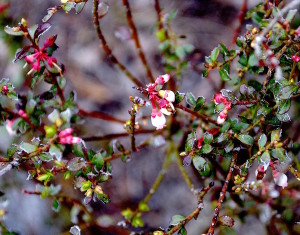
Vaccinium darrowii, Darrow’s Blueberry photo by Green Deane
Blueberries are blossoming. We saw some in our foraging class Sunday. Locally the low- growing ones are usually either. Vaccinium myrsinites or Vaccinium darrrowii, the latter had more pinkish blossoms. They fruit about April which is our transition month. Many of winter edibles end their season then and some of the spring and summer plants start that month. A lot of fruiting plants bear in April, blueberries, Blackberries, Deerberries, Cherries, Mulberrries, Gogi berries et cetera. You can read about blueberries here. Incidentally, blueberries can have any number of seeds in them. Huckleberries, however, always have exactly 10 seeds. There can be bits of grit in a huckelberry but only 10 seeds. The leaves also have bright gold glands. You can read about Huckleberries here. Easy to identify is the Deerberry. It looks like a high-bush blueberry or huckleberry except the undersides of the leaves are whitish. Also when ripe the fruit can be green to deep ruby in color. You can read about them here.
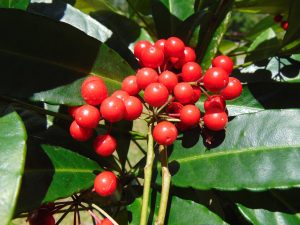
Coralberry is best avoided.
Probably not Edible. Coral ardisia aka coral berry (ardisia crenata) escaped from cultivation forty one years ago in Florida and has been spreading in wooded areas since. It has been cultivated in Asia for over 200 years as an ornamental because of its persistent red berries, shiny leaves and low maintenance. The seeds have nearly a 90% germination rate, and birds like them. It has been implicated in cattle poisoning several times, and has been used in traditional medicine in Africa for liver cancer, swelling, rheumatism, earache, cough, fever, diarrhea, broken bones, dysmenorrhea, respiratory tract infections, traumatic injuries, inflammation, pain, snake and insect bites, birth complications and to improve general blood circulation. Ardisia species are rich in polyphenols, triterpenoid saponins, isocoumarins, quinones and alkylphenols. Oddly coral berry is related to our edible Marlberry. While there is no research to cite, it has been suspected in the poisoning death of cattle (which eat the berries, seeds, leaves and stems.) I have eaten the flesh off one seed. Nothing happened as far as I could tell. It tasted like a green pea to me with the texturn of a cooked bean. I ate just the plup of one fruit, not the seed.
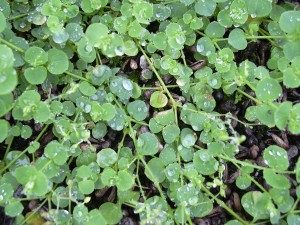
“Whie snow” grows year round locally. Photo by Green Deane
Drymaria cordata… Drymary… West Indian Chickweed… White Snow. Why White Snow? When it is seeding and the sun hits the seed heads just right it can resemble a patch of white snow on your green lawn. Unlike true chickweed, which is Stellaria media, Drymary is here most of the year but has similar uses to true chickweed (which is going out of season.) Young leaves and shoots are edible, older leaves have some medicinal uses including use as a diuretic. There is some research that suggests it can reduce coughing and can easy anxiety. You can read more about Drymary here.
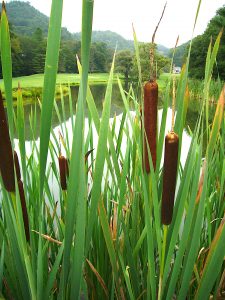
Cattails in North Carolina. Photo by Green Deane
Two other species that are “blossoming” now are familiar ones, Pines and Cattails. Males pine cones, yes there are such a thing, are dropping pollen now. Called microsporangiate strobili, they are edible but don’t have much of a flavor or pleasing texture. Their pollen, however, is edible and can have some hormonal uses as well. Interestingly pine pollen is often blamed for Hay Fever but usually it’s Ragweed that is causing allergy problems at about the same time. Pine pollen is heavy and doesn’t travel far whereas Ragweed pollen is light and floats long distances. You can read about pines here, video here. Also producing pollen powder now are Cattails. Far more productive than male pine cones, the male part of the Cattail blossom produces a dense, yellow, pollen. It’s relatively easy to collect and quite useful such as augmenting bread flour. The dry female part of the blossom — the cat tail part — is edible but is as unattractive to eat as the male pine cone. You can read more about the Cattail here, video here.
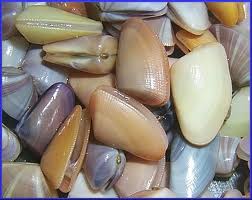
Coquina are tasty but quite small.
Sometime instead finding answers they find you. As you know there are several articles on the EatTheWeeds website that are about edibles covered by the subtitle: And other things, too. That subtitle was intentionally added when the site went up some 23 years ago. There are a lot of things in the world to eat. Before Andrew Zimmern was traipsing around the globe for the Travel Channel eating untraditional food EatTheWeeds was writing about them. As one might expect that has caused a good amount of disagreeing mail. Many people keep as pets creatures that other people eat. Thus far, however, no one has complained about Coquina, a coastal clam that’s about the size of your fingernail. The tiny clams make an absolutely delicious green broth to which I like to add — I know it’s sacrilege — instant potatoes and butter. One of the down side is that the clams are so small getting the meat out of the shell is microscopic work. That is so frustrating as most of it is tossed away. However in Australia they figured out a commercial way of separating meat and shell. How that was done was something of a mystery until a post on the Green Deane Forum provided an answer. The cooked shells are vigorously stired. After that it is a matter of straining the shells from the meat. I’ve got to try that. You can read about Coquina here, and the crunchy Mole Crabs, here. A video on both of them is here.
Can you eat red mangroves? If you had nothing else to eat, yes. For many people Red Mangroves are just a shoreline obstruction. But they are an emergency food, a source of salt, tea, starch even cattle fodder. At one time, some 70 years ago, the leaves were dried, powdered, and sold as a supplement.
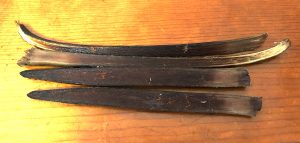
Red Mangroves propagules cooked.
If you are inclined to eat them boil the seed pods (they really aren’t seed pods but for convenience let’s call these propagules seed pods.) Many folks write that they are bitter. I have not found that to be so. To me they are mealy, slightly dry and tasteless, like sandy grits perhaps, best mixed with something with a lot of flavor. I boil the pods, cool, cut them in half, scrape out the starchy inside, then boil or soak them again. A tea can be made from the leaves but it is recommended it be served with milk to bind with the high amount of tannin. Indeed, the leaves were once considered as the base material for human protein supplementation. However the high tannin content, 11.68%, made that prohibitive (in the 1950s.) And you can get salt off the leaves. You can read more about the red mangrove here.

Classes are held rain or shine (but not during hurricanes.)
Foraging Classes: This weekend the classes might encounter some showers:
Saturday February 11th, Eagle Park Lake, 1800 Keene Road, Largo, FL 33771. 9 a.m. meet at the pavilion by the dog park.
Sunday February 12th Mead Garden: 1500 S. Denning Dr., Winter Park, FL 32789. 9 a.m. Meet at the bathrooms.
Saturday February 18th, La strange Preserve, Ft. Pierce, 9 a.m. meet at the parking lot.
Sunday February 19th, Dreher Park, West Palm Beach, 9 a.m. meet north of the science center parking lot.
For more information, to pre-pay or sign up, go here.
My nine-DVD set of 135 videos has been phased out and replaced by 171-videos on a 128-GB USB, see right. The USB videos are the same videos I have on You Tube. Some people like to have their own copy especially if social order falters. The USB videos have to be copied to your computer to play. If you want to order the USB go to the DVD/USB order button on the top right of this page or click here. That will take you to an order form. Or you can make a $99 donation, which tells me it is for the USB (include a snail-mail address.) I’d like to thank all of you who ordered the DVD set over the years which required me to burn over 5,000 DVDs individually. I had to stop making them as few programs now will read the ISO files to copy them. Burning a set also took about three hours.

Green Deane Forum
Want to identify a plant? Perhaps you’re looking for a foraging reference? You might have a UFO, an Unidentified Flowering Object, you want identified. On the Green Deane Forum we — including Green Deane and others from around the world — chat about foraging all year. And it’s not just about warm-weather plants or just North American flora. Many nations share common weeds so there’s a lot to talk about. There’s also more than weeds. The reference section has information for foraging around the world. There are also articles on food preservation, and forgotten skills from making bows to fermenting food. Recent topics include: Stale Bread and Cod Liver Oil, Killing Bugs with Tobacco Plugs, Eating weeds: Is it safe? Have they mutated? Not the Eastern Red Bug but the Pink Tabebuia, African Tulip Tree, Asparagus densiflorus, Green Deane’s Book… You can join the forum by clicking on the button on the upper right hand side of this page.
This is my weekly newsletter #544. If you want to subscribe to this free newsletter you can find the sign-up form in the menu at the top of the page. My website, EatTheWeeds.com, which is data secure, has over 1500 plants on it in some 428 articles. I wrote every one myself, no cut and paste.
To donate to the Green Deane Newsletter click here.

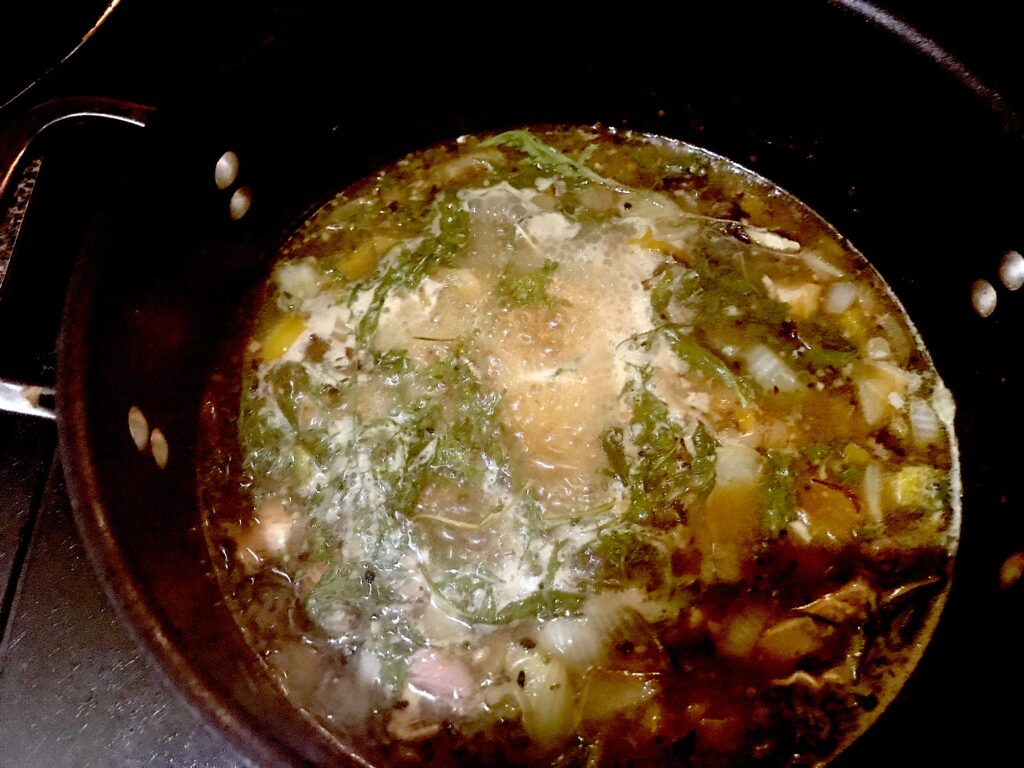
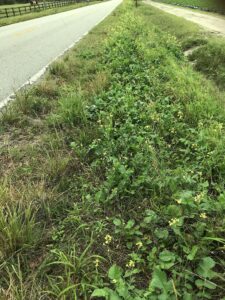
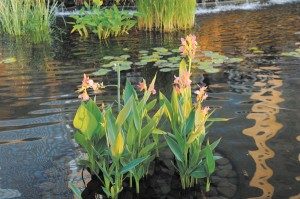

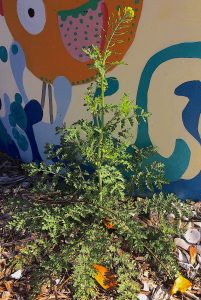
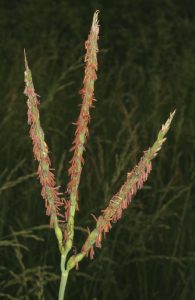
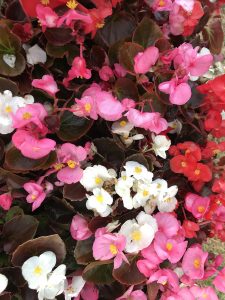

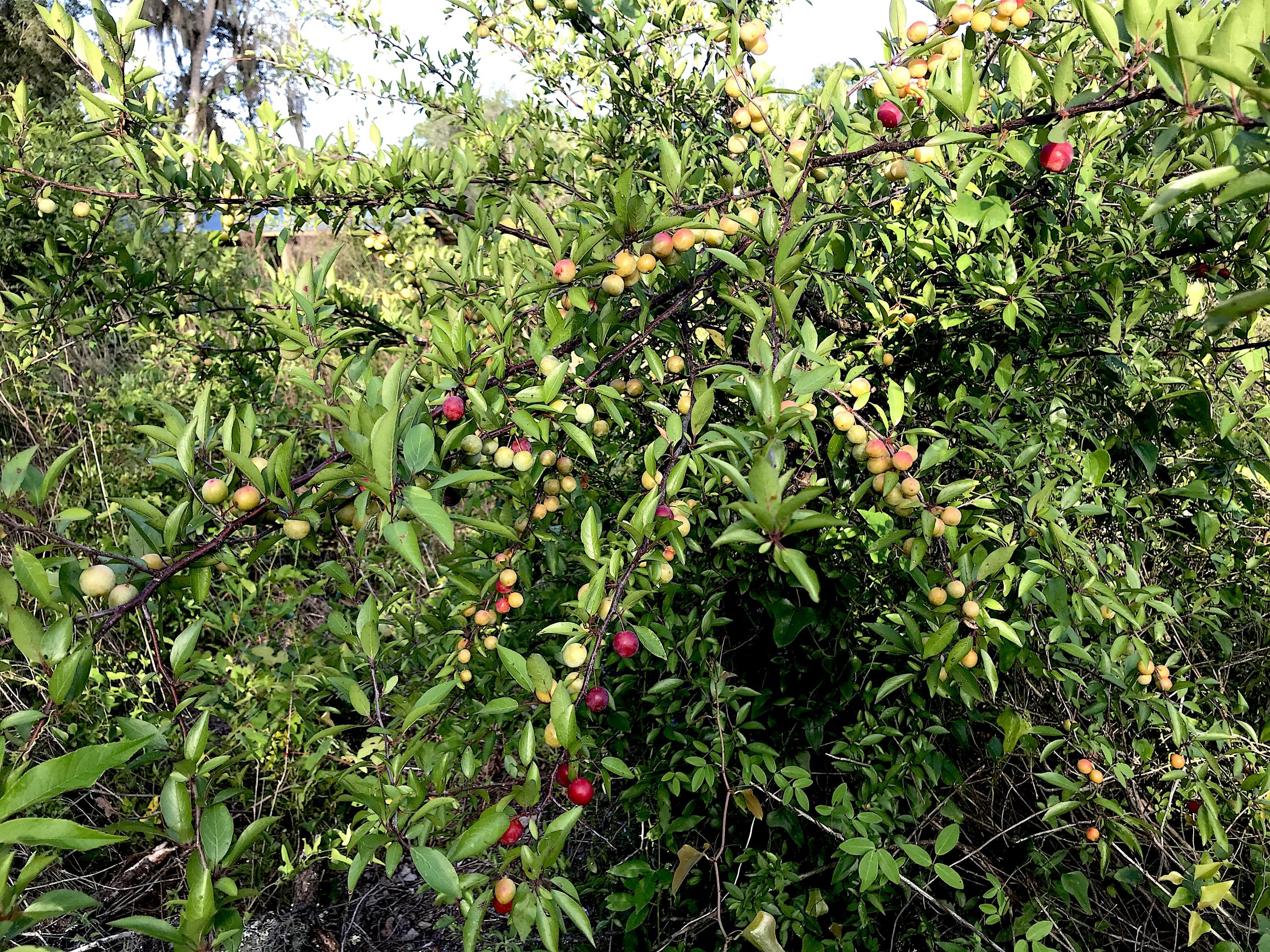
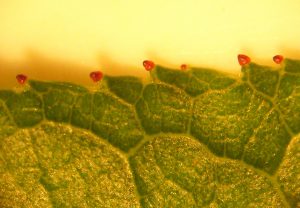
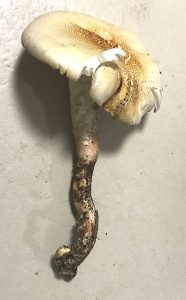

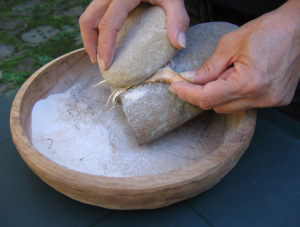
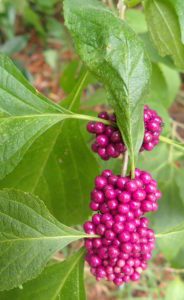

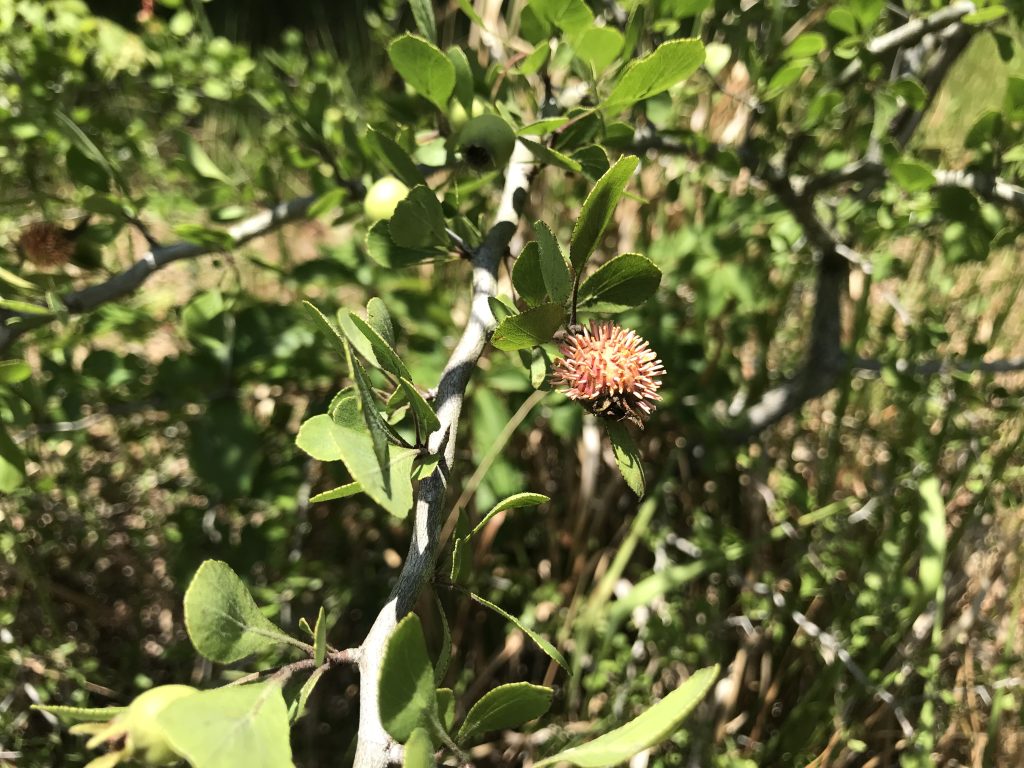
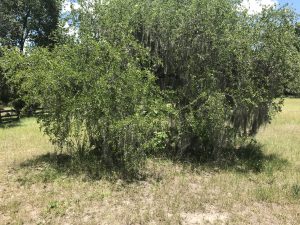

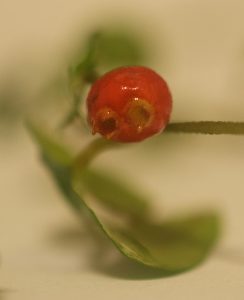
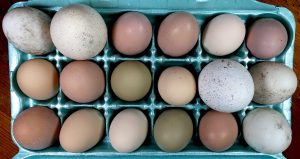
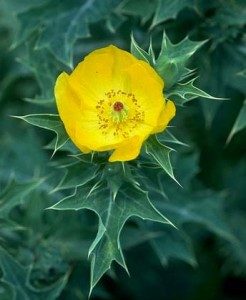
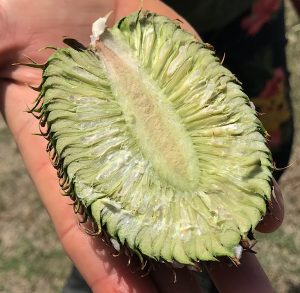
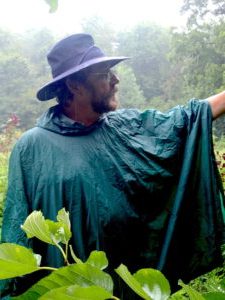
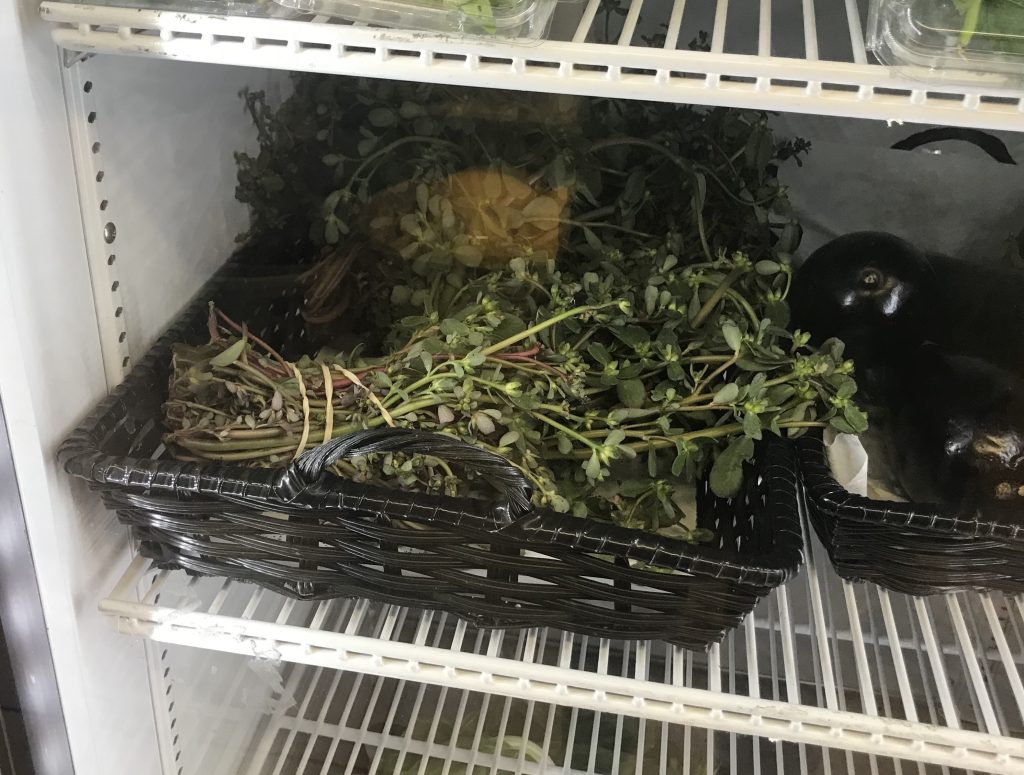
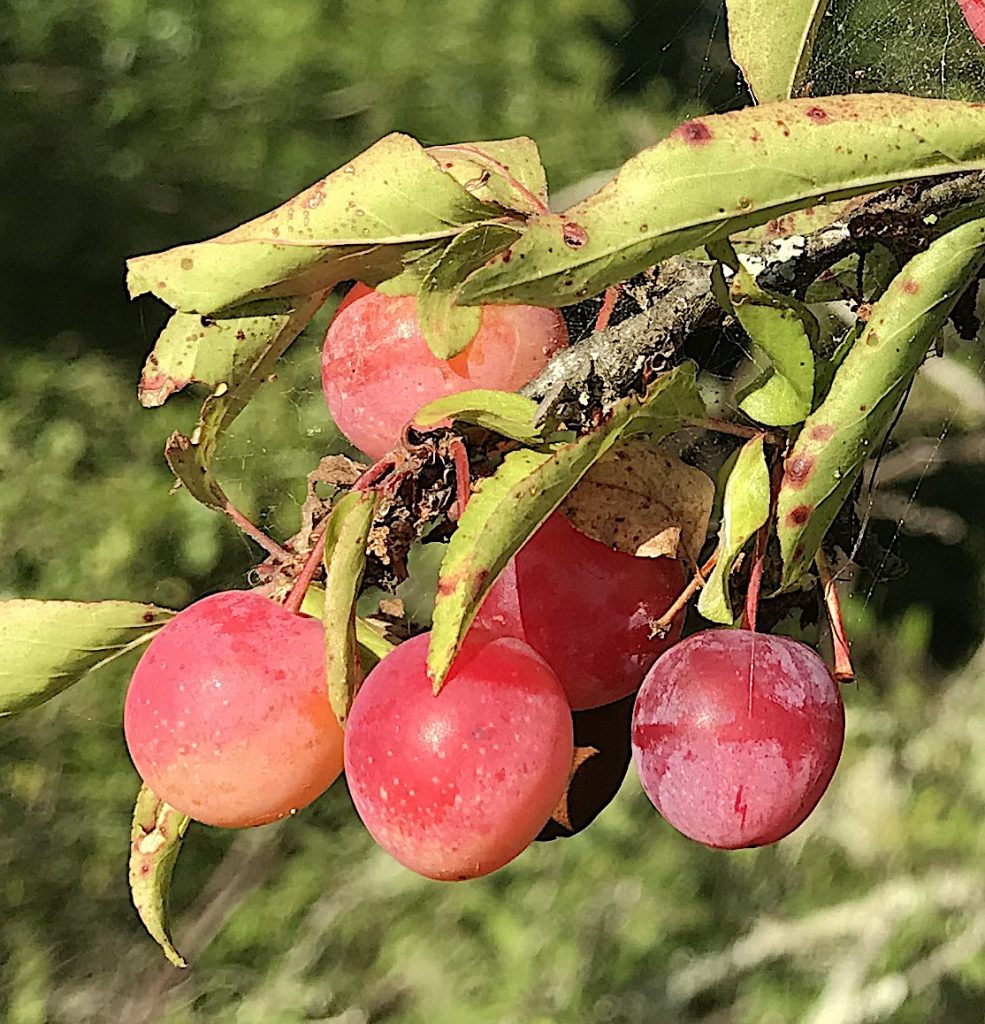
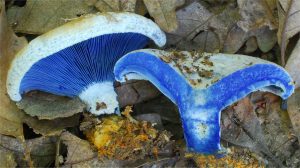
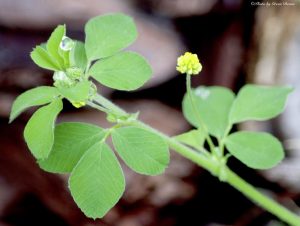
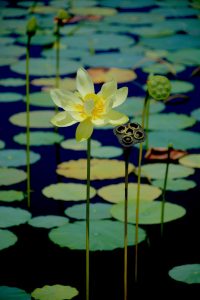
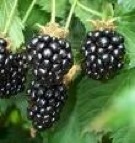
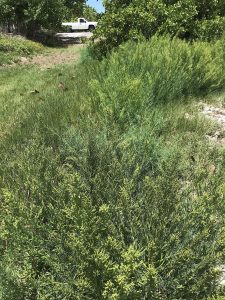
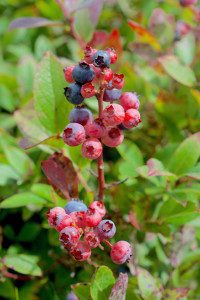
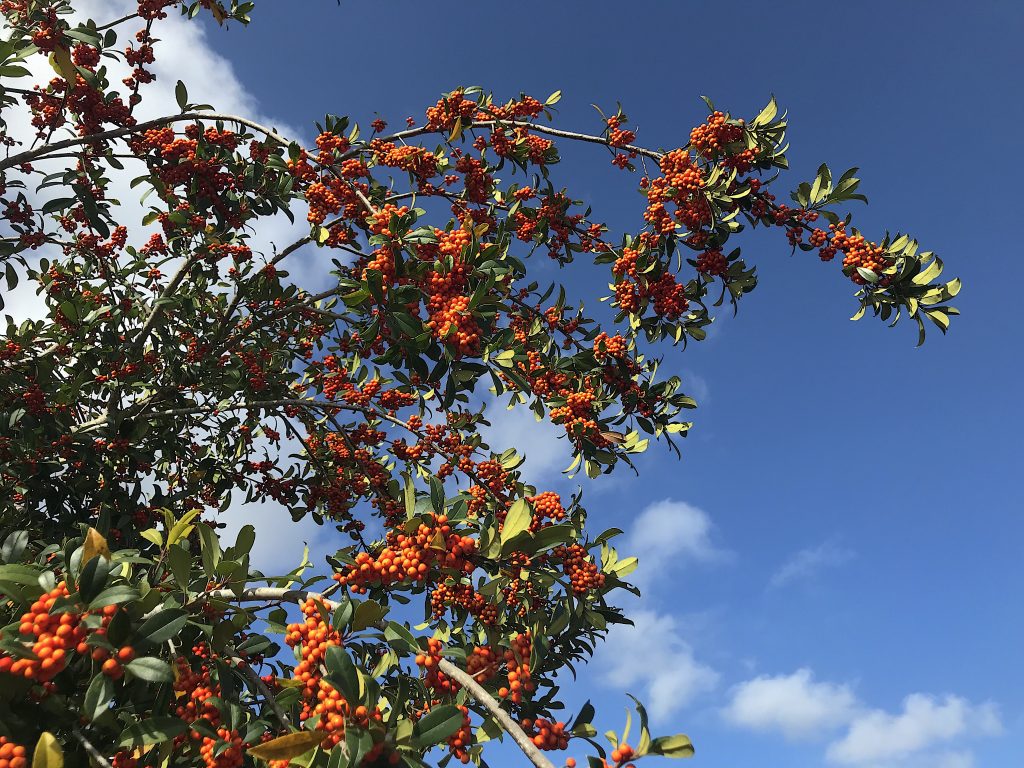
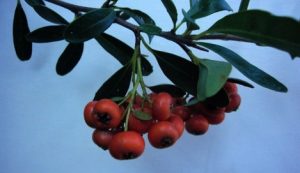
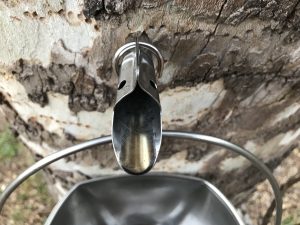
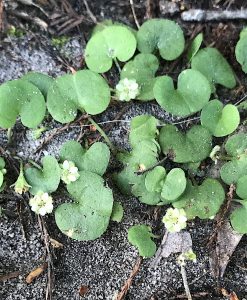
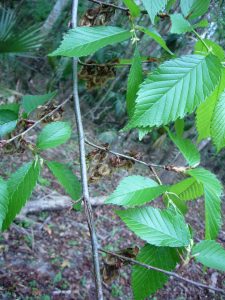
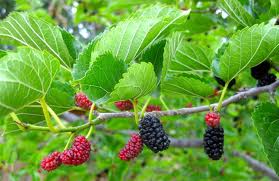
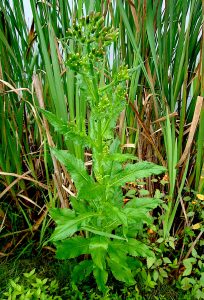
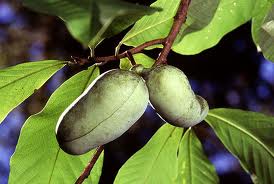
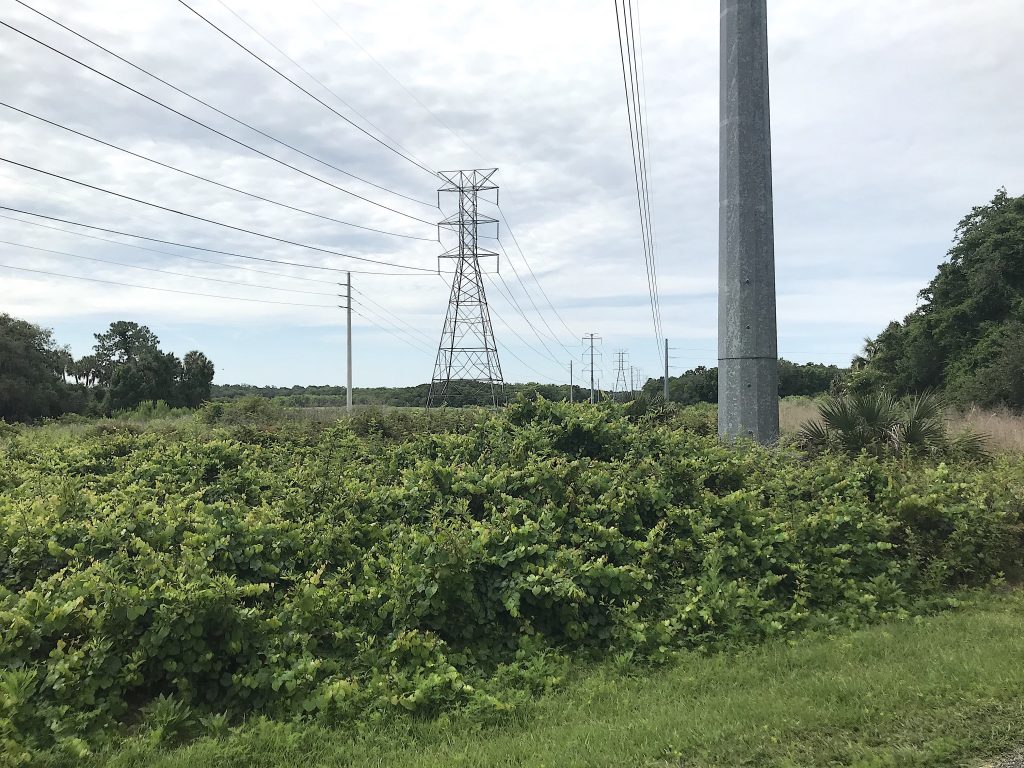
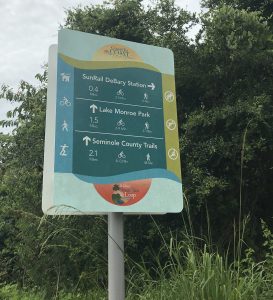
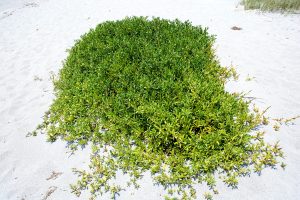
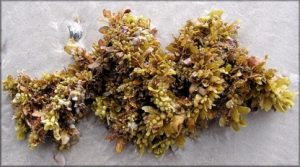

 Your donations to upgrade the EatTheWeeds website and fund a book were appreciated. A book manuscript has been turned it. It had 424 articles, 1325 plants and a third of a million words. What it will be when the publisher is done with it next year is unknown. It will be published in the spring of 2023. Writing it took a significant chunk of time out of my life from which I have still not recovered. (Many things got put off.) The next phase is to update all the content on the website between now and publication date. Also note as it states above the 135-video DVD set has been phased out for 150-video USB. Times and formats change. Which reminds me I need to revisit many plants and make some new videos.
Your donations to upgrade the EatTheWeeds website and fund a book were appreciated. A book manuscript has been turned it. It had 424 articles, 1325 plants and a third of a million words. What it will be when the publisher is done with it next year is unknown. It will be published in the spring of 2023. Writing it took a significant chunk of time out of my life from which I have still not recovered. (Many things got put off.) The next phase is to update all the content on the website between now and publication date. Also note as it states above the 135-video DVD set has been phased out for 150-video USB. Times and formats change. Which reminds me I need to revisit many plants and make some new videos. 